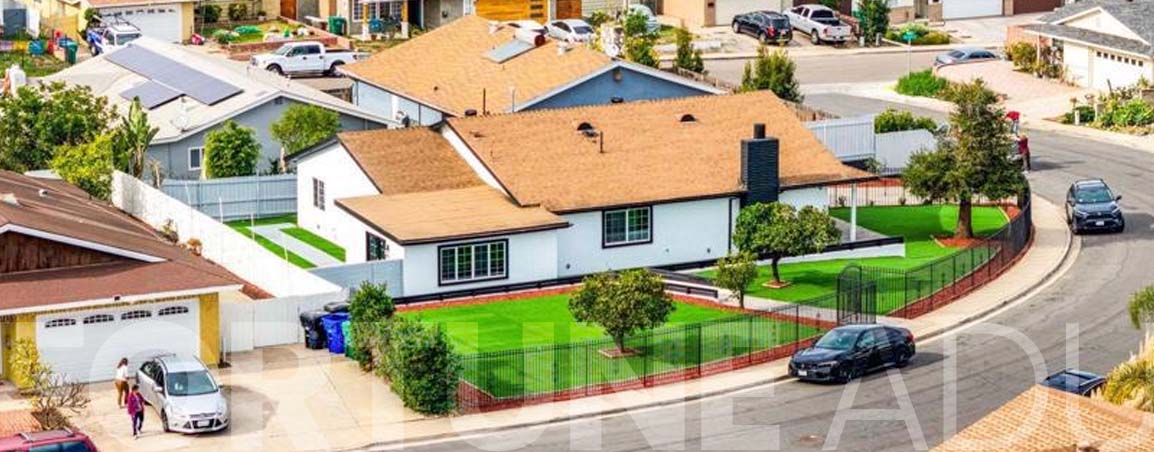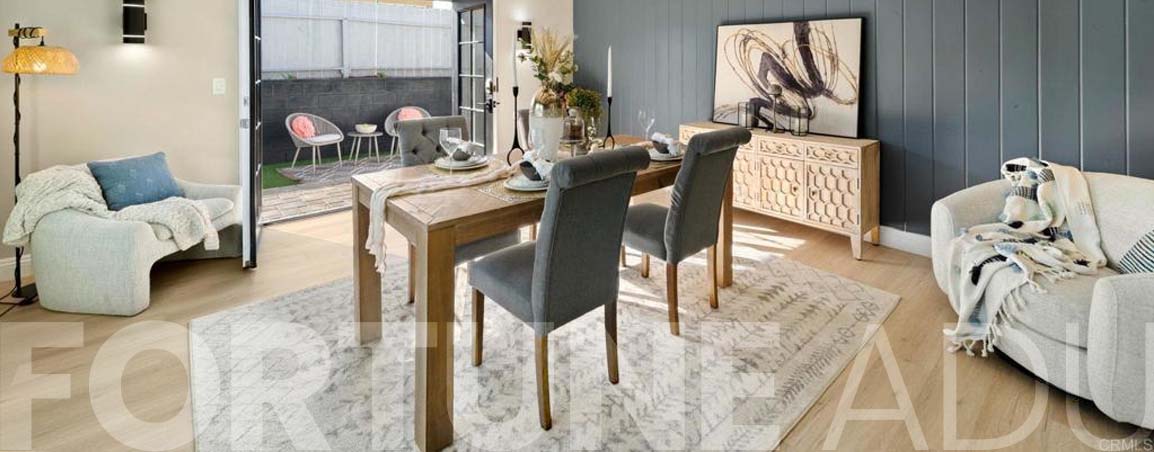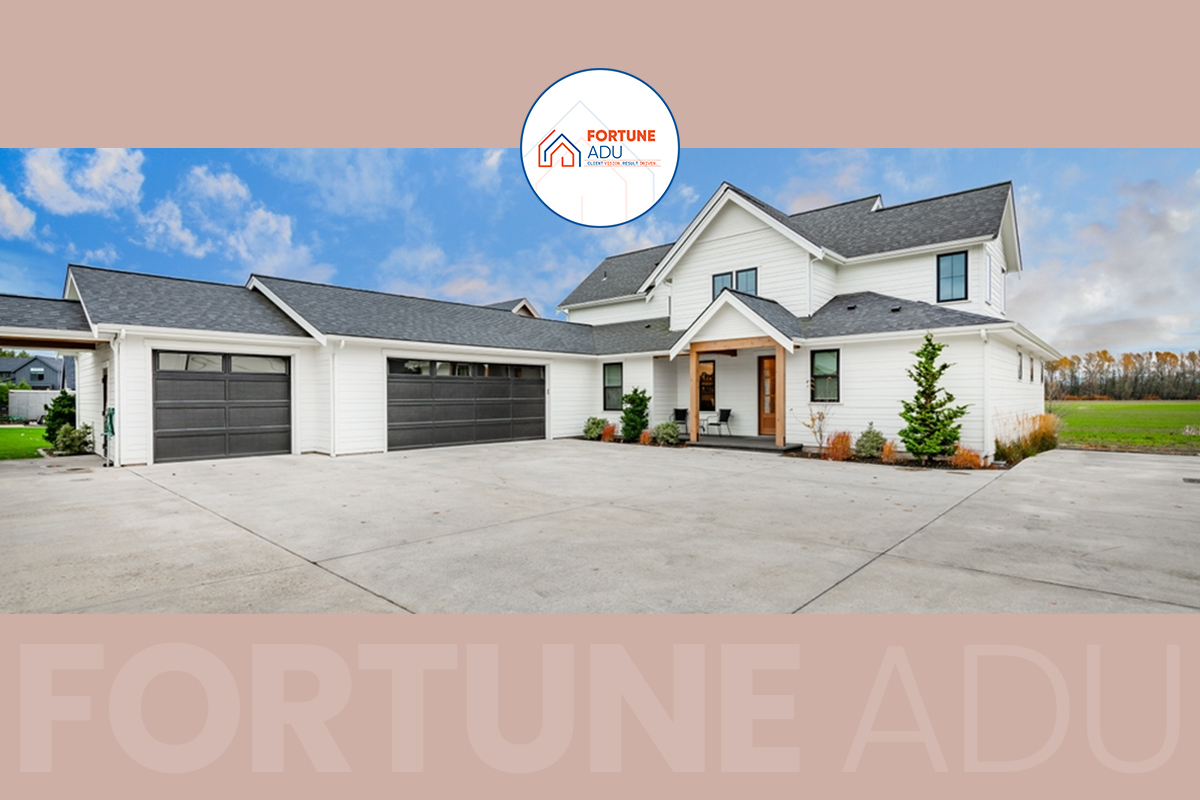Guide to Renting Your ADU in San Diego: Everything You Need to Know
Embarking on the journey of exploring Accessory Dwelling Units (ADUs) for additional rental income? You’re in good company. Many homeowners, like yourself, are delving into the potential of their properties by incorporating an ADU. Whether your focus is on immediate rental returns or planning for future space when the nest empties, the path to transforming your ADU into a lucrative rental space is both thrilling and fulfilling. This comprehensive guide serves as your go-to resource, covering everything from grasping the fundamentals to navigating the intricacies of short-term versus long-term rentals, ensuring you make the most of your ADU investment.
What exactly is an ADU Rental?
Renting out an ADU essentially involves managing a miniature apartment, conveniently located right in your backyard. It revolves around converting a section of your property into a living space that others can call home, be it for a few months or several years. The adaptability of ADU rentals, influenced by both your preferences and local regulations, provides a unique opportunity to customize your rental strategy to align with your lifestyle and financial objectives. This guide delves deeper into the essence of renting out an ADU and how you can capitalize on this promising opportunity.
Can I lease my ADU? Can I construct an ADU on a rental property?
Absolutely, you can rent out your ADU, and you can also construct an accessory unit on a rental property for additional ADU rental income. Previously, California state law mandated specific regulations regarding owner occupancy requirements. However, a bill permanently eliminating these requirements was passed in October 2023. Consequently, property owners can now add ADUs to their rental homes without any owner occupancy constraints.
Can I offer my ADU as a short-term rental?
ADUs typically adhere to California state law, allowing rentals for periods of 30 days or more. This regulation aims to encourage the utilization of ADUs for long-term housing rather than vacation rentals. Certain municipalities, such as Los Angeles and San Francisco, have waived this requirement. Rental limits, stipulated in the form of a covenant, must be agreed upon before obtaining building permits for your ADU construction. Platforms like Airbnb or VRBO offer options to set minimum rental periods, facilitating compliance with the law.
Another emerging option involves entering into a “master lease” with a company specializing in corporate housing. Such firms lease for periods of 30 days or more to professionals like military personnel, healthcare workers, and business executives relocating for work. The corporate housing company typically finalizes the rental contract before the ADU’s completion, enabling immediate renting.

What considerations should I weigh before building an ADU for rent?
Before committing to the creation of an ADU rental space, several factors merit consideration:
1. Property Value and Taxes: Adding an ADU increases property value, accompanied by a 1-2% rise in property taxes. Although taxes will escalate, renting out the space can offset a substantial portion of these expenses.
2. ADU Floor Plan and Design: Optimize your ADU’s layout for rental purposes. Inform your contractor if you intend to rent it out, as the design may vary based on your usage plans. Contractors often offer ready-to-build floor plans and possess expertise in maximizing the ADU’s value.
3. Space-Efficient Features: Embrace open floor plans, eat-in kitchen islands, standard-sized bathrooms, and ample storage to enhance livability and efficiency.
4. Size Breakpoints: Be mindful of size thresholds like 500 sqft, 750 sqft, and 1000 sqft, as staying under these limits can save on impact fees, per state regulations.
5. Durable Yet Cost-Effective Finishes: Choose materials like luxury vinyl plank flooring, quartz countertops, and shower inserts for a balance of aesthetics, durability, and cost-effectiveness.
What are renters looking for in ADU rentals?
In addition to optimizing design and floor plans, renters often seek specific features in ADU rental residences:
1. Privacy from Primary Residence: Privacy is a top priority for potential renters. Physical barriers, such as walls or hedges, can provide separation, or consider installing personal storage spaces disconnected from the primary residence.
2. Access: Ensure easy and clear access to the unit, including walkways or paths from parking areas.
3. Full Kitchen & Laundry: Including a full kitchen and onsite laundry facilities enhances convenience for tenants.
4. Attractive Finishes: Renters are willing to pay more for stylish cabinets, countertops, and fixtures. Options like quartz counters and luxury vinyl plank flooring are both appealing and cost-effective.
5. Outdoor Space: Creating an aesthetically pleasing outdoor area around the ADU contributes to a welcoming atmosphere, adding value to the rental.

Considering Upgrades: Luxury ADU Rentals
Introducing luxury features to your ADU can elevate its status to a premium rental, attracting tenants willing to pay more for high-end amenities. Consider enhancements like high-quality appliances, quality finishes, modern amenities, and well-designed outdoor living spaces to distinguish your ADU in the market.
Furnished ADU Rentals as a Short-Term Strategy
Offering a furnished ADU can be a strategic move to attract short-term renters or those seeking a turnkey living solution. Furnished rentals often command higher rents due to the convenience they offer. This approach is particularly appealing to professionals on temporary assignments, traveling medical personnel, students, and individuals relocating and in need of immediate accommodation.
Balancing Cost and Benefit with ADU Rentals
While adding furnishings and luxury elements can increase rental income, it’s crucial to balance the initial investment with potential returns. Research the rental market in your area to gauge demand for furnished and luxury rentals. Consider the target market, competitive pricing, and return on investment when making decisions to maximize profitability.
How to Rent Out Your ADU
Learn from the experiences of other homeowners who have successfully rented out their ADUs. Check out the video below to gain insights into finding tenants and effectively managing your role as a landlord with an ADU rental.
What is the Average ADU Rental Rate in San Diego?
In San Diego, ADU rental properties typically command similar or higher rent rates compared to comparable apartments in the vicinity. Comparable apartments should be chosen based on similar square footage, bedroom and bathroom count, and features such as garages and laundry facilities. Finishes and amenities also play a role in determining rental rates. Utilize platforms like Zillow and Craigslist to explore current rental listings and compare your ADU to other available units in your neighborhood. The following data is based on the past 12 months, focusing on ADU-sized rentals (1BR at 750 sqft, 2BR at 1000 sqft, and 3BR at 1200 sqft).
[Average ADU Rental Rates in Greater San Diego - March 2024]
These example rents serve as a starting point, and it’s crucial to consider units with comparable amenities and finishes for accurate rent rate comparisons. Conduct thorough research to determine your potential ADU rental income by comparing your property to other units available in your local market.



Leave A Comment